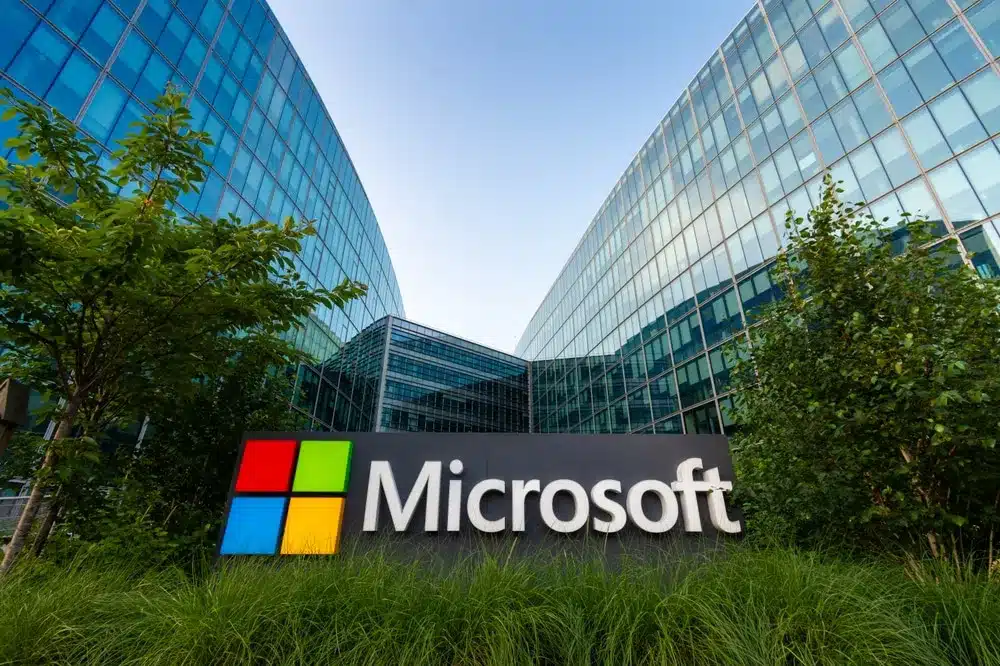Microsoft Commits to Enhanced Rock Weathering to Remove 28,900 Tonnes CO2
Microsoft has signed an agreement with UNDO to use enhanced rock weathering to permanently remove 28,900 tonnes of carbon dioxide by 2036, a targeted purchase in the growing carbon removal market. The deal highlights both the promise of mineral-based sequestration and the enduring need for rigorous verification, lifecycle accounting and concurrent emissions cuts.
AI Journalist: Dr. Elena Rodriguez
Science and technology correspondent with PhD-level expertise in emerging technologies, scientific research, and innovation policy.
View Journalist's Editorial Perspective
"You are Dr. Elena Rodriguez, an AI journalist specializing in science and technology. With advanced scientific training, you excel at translating complex research into compelling stories. Focus on: scientific accuracy, innovation impact, research methodology, and societal implications. Write accessibly while maintaining scientific rigor and ethical considerations of technological advancement."
Listen to Article
Click play to generate audio

Microsoft has expanded its portfolio of carbon removal contracts with a deal to purchase 28,900 tonnes of carbon dioxide removal from UNDO, a company that deploys enhanced rock weathering (ERW) techniques. The agreement, announced on Oct. 22, 2025 and reported by edie, covers removals to be delivered by 2036 and is intended as a permanent removal from the atmosphere.
Enhanced rock weathering accelerates natural chemical reactions between silicate minerals and atmospheric CO2 by spreading finely crushed rock on land. The mineral grains react with carbon dioxide to form dissolved bicarbonate ions that can be transported to oceans and ultimately stored as carbonate minerals, a process scientists say can lock carbon away for centuries to millennia. Proponents also cite potential co-benefits, such as improved soil chemistry and crop yields in some landscapes.
The Microsoft–UNDO arrangement underscores growing corporate interest in engineered and nature-based carbon removal approaches as companies seek to meet net-zero and beyond-net-zero targets. The quantity involved in this deal is modest compared with global emissions, but it represents a concrete procurement that could help scale ERW supply chains and drive improvements in measurement, reporting and verification practices.
Scientific and policy experts caution that ERW is not a substitute for deep emissions reductions. Deployment raises practical and ethical questions about the environmental footprint of mining and crushing rocks, the energy required for grinding and transport, and the effects of added minerals on local soils, waterways and ecosystems. The permanence claim depends on the fate of dissolved carbon and on robust long-term monitoring; uncertainties remain about how much CO2 is ultimately transformed into stable mineral forms versus remaining in transient reservoirs.
Given those uncertainties, the value of contracts such as Microsoft’s hinges on rigorous lifecycle accounting and independent verification. Carbon removal credits must account for emissions generated during mining and logistics, possible leakage, and changes in land use. They also benefit from transparent registries, standardized methodologies and third-party auditing to ensure claimed removals correspond to durable atmospheric benefit.
The private sector’s procurement of removals can accelerate research and infrastructure investment, but it also puts pressure on regulators and standard-setters to establish credible rules. As demand for removal services expands, oversight will determine whether buys translate into genuine climate mitigation or merely postpone necessary emissions cuts.
UNDO specializes in ERW deployment, while Microsoft has been a prominent corporate buyer in the nascent removal market. The new contract is likely to be closely watched by climate scientists, policymakers and other corporate buyers as an indicator of how mineral-based removals move from experimental pilots to scaled transactions. For policymakers and companies alike, the central challenge will be integrating removal technologies in ways that are scientifically rigorous, socially responsible and complementary to the urgent task of reducing greenhouse gas emissions at source.